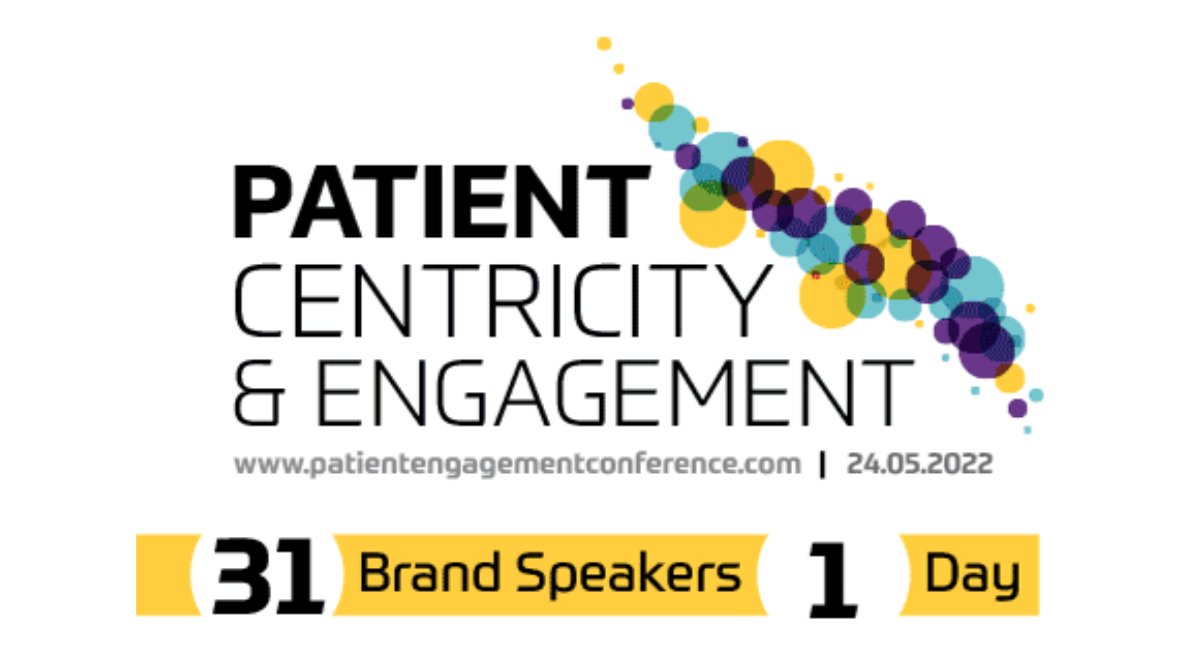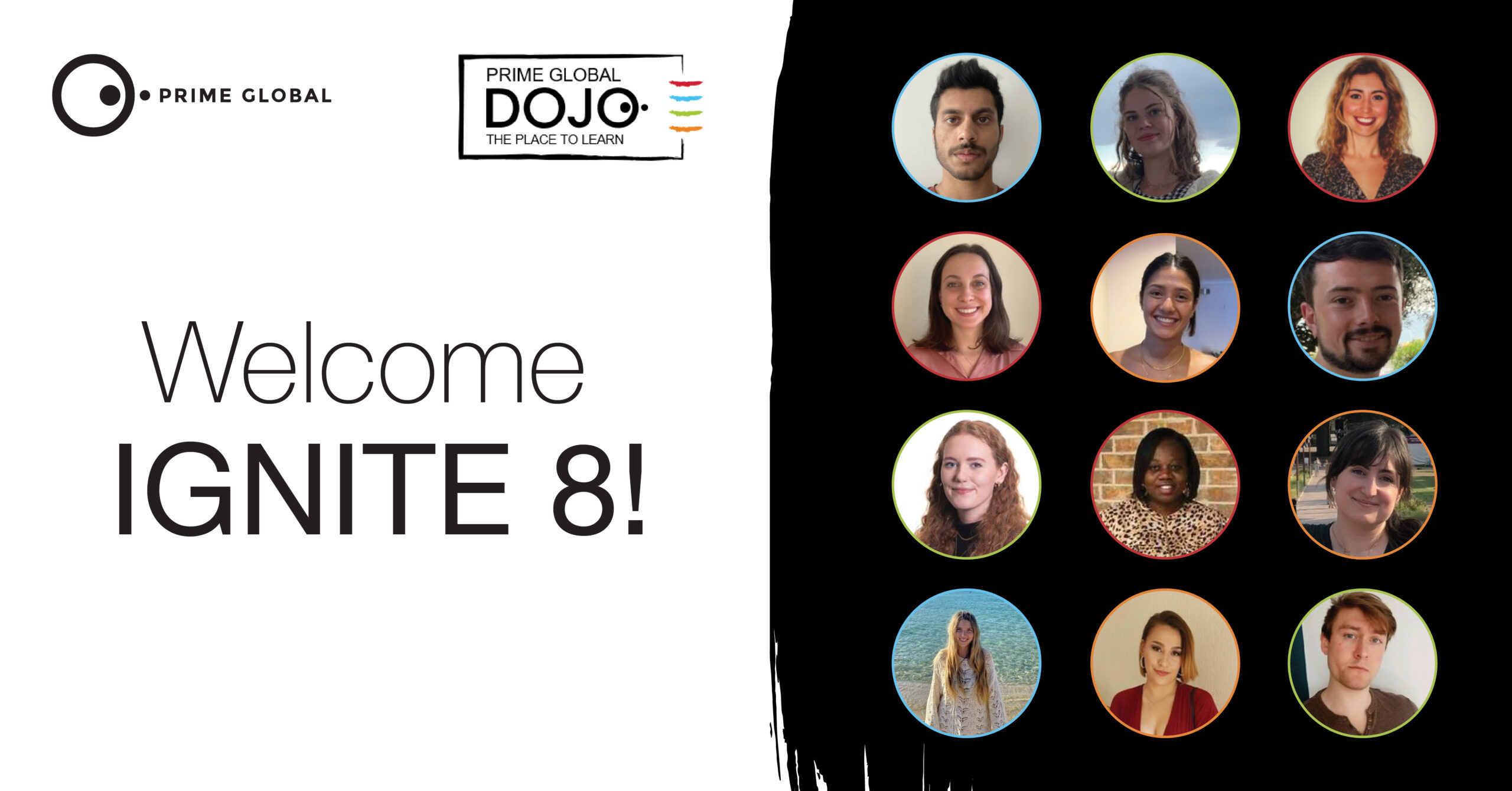On May 24th, the Prime Patient team was fortunate to have a spot at 2022’s Patient Centricity and Engagement Conference, hosted in London, England. With a veritable smorgasbord of topics up for discussion, we were spoiled for choice! Here we summarise some highlights from the day, kicking off with tips on strengthening patient advocacy collaboration.
How can Pharma better partner with patient groups?
One of the first sessions of the day was delivered by Henry Featherstone of Sanofi, who brought the unique perspective of not only working within Pharma, but also being a patient himself and having worked as a junior doctor earlier in his career. This multifaceted background, as Featherstone explained, enables him to see how advocacy materials are developed, how they are used in clinical settings, and how they are experienced by the ‘end user’.
As revealed in Featherstone’s presentation on patient group-industry collaboration, Sanofi have moved on from an “ASK” model comprising traditional partnership surveys (asking questions like “Which activities could Sanofi offer that would be useful to your organisation) to a “TELL” approach, whereby patient groups provide feedback via “industry councils”. This way of working facilitates a more collaborative approach and mitigates the declining response rate to feedback surveys seen by Sanofi’s advocacy teams in recent years.
Featherstone also elaborated on what patient groups need and expect from industry, first highlighting the surprising number of organisations that value non-financial support in addition to grants and donations. Although it is important to remember some patient organisations are not currently comfortable with that level of industry involvement, there are groups who both recognise and desire the expertise and information that Pharma can offer.
One example of non-financial support that Sanofi have been asked for is medical/scientific information. Patient groups have expressed frustration at the limitations of what Sanofi can tell them, so Sanofi have been clarifying to staff what can and cannot be shared, enabling those liaising with patient groups to confidently deliver as much information as possible.
Another common frustration in the advocacy world is navigating internal Pharma contracting processes. At Sanofi, “ways of working” documents have been provided to patient groups to help shine a light on these processes, easing the burden on these groups and reducing a common source of confusion. The Prime Patient team applaud this and encourage all pharmaceutical companies to assess how their contracting processes can be a) simplified and streamlined and b) better explained to patient group partners.
Clinical trials: perspectives from industry, a patient advocate, and a medical charity strategist
We had the privilege of hearing from Rebecca Langley, a cancer patient advocate, and Dany Bell, a Strategic Advisor at Macmillan Cancer Support. They highlighted the importance of involving people with relevant lived experience right from the very beginning (e.g., during unmet need identification or at the protocol design stage), with Langley asserting this early involvement is where the patient voice is often missing and could therefore have the greatest influence.
Patient-reported outcomes (PROs) are included in Pharma trials more and more frequently and are a key tool for implementing care that truly caters to each patient’s needs and preferences (i.e., patient-centred care). However, Bell noted the need to consistently publish these data so HCPs and patients can plan treatment with a more informed perspective on how different options could affect the patient.
From the industry side, Annie Gilbert (Patient & Site Engagement Lead) from Boehringer Ingelheim (BI) delivered a fantastic presentation on how BI recently partnered with patient representatives to optimise clinical trial design. As a result of patients’ advice, the changes implemented included:
- Increased chance of randomisation to the study drug
- Guaranteed study drug access for patients on placebo, after a given time period
- Permission given for use of pain medication during the study (mitigating a key dealbreaker for many patients)
- Incorporation of newer, more patient-relevant endpoints (co-designed with patients)
- Patient-reviewing of informed consent documentation (which was previously so complex, that Gilbert’s sister, an Oxford graduate, couldn’t understand it!)
This collaboration slashed the time taken for trial recruitment, a hugely common challenge across the industry, by half. As Gilbert concluded, by embracing the power of partnership from the very beginning, companies can develop better trial experiences and bring innovative therapies to patients faster.
Ending on a high: remembering those who are often forgotten
As the day drew to a close, we heard from Lesley Booth (Director of Research and PPIE) from Bowel Research UK (BRUK), who brought our personal highlight of the conference – telling the room about the NIHR and BRUK’s creation of a patient information leaflet specifically for people living with intellectual (learning) disabilities. We were beyond thrilled to see this, given our previously-published research into the unmet health literacy needs of this particular population. Looking ahead, patient organisations and pharmaceutical companies should consider providing resources tailored to those people with intellectual disabilities who have the mental capacity to be involved in their healthcare. After all, these patients are present across all therapy areas (and tend to have increased risk of numerous comorbidities) and should therefore be catered to by all organisations/companies involved in providing treatments and patient resources.
Conclusion
Overall, the 2022 Patient Centricity and Engagement Conference was an insightful, exciting, and motivating view into what can be achieved when industry, patients, and patient organisations come together to bring about better outcomes for all. We look forward to seeing the progress made by 2023!
Recommended blog post: How to make 2022 the best year yet for patient engagement
To hear more from the Prime Patient team, contact PatientEngagement@primeglobalpeople.com




